The UK Government has announced new funding exceeding $26 million aimed at transforming the commercial drone landscape and potentially enabling flying taxi services, according to a recent government announcement. This investment will target both technological innovation and regulatory streamlining to facilitate the commercial viability of these advanced aviation systems, reports MSN.
Strategic Investment in Future Flight Technologies
Aviation Minister Mike Kane reportedly emphasized the government’s ambition, stating: “I want the UK to have the most advanced aviation technology ecosystem in the world. That means creating a nimble regulatory environment and a culture of innovation, so everyone can benefit from cutting-edge transport while tackling emissions, traffic and potentially saving lives.”
The initiative includes the establishment of a new Future of Flight Industry Group, which will unite technology experts, drone operators, manufacturers of flying vehicles, and community representatives to identify necessary changes in the sector.
Regulatory Innovation to Accelerate Deployment
A key component of this initiative is the newly formed Regulatory Innovation Office (RIO), designed to support both the Department for Transport (DfT) and Civil Aviation Authority (CAA). The RIO’s primary mission is to reduce bureaucratic barriers by developing smarter regulations that can accelerate public access to new aviation technologies.
Technology Secretary Peter Kyle underscored that while the UK is “leading the way in unlocking the potential of drones,” continued innovation requires “a regulatory system that keeps pace.” The RIO will play a crucial role in this process.
Electronic Conspicuity Standards
A significant development in the regulatory framework will be consultations on mandatory “electronic conspicuity” standards and technologies. These systems enable aircraft to electronically broadcast their location, creating a safer environment for drones to operate alongside traditional crewed aircraft.
Kyle explained to PA news agency that this technology will “reduce the risk of collisions and make it easier for regulators to approve complex drone operations.” These operations could include critical services such as delivering blood samples for the NHS, monitoring national infrastructure, or supporting Search and Rescue missions.
The Technology Secretary described these regulatory changes as ones that will “unlock a raft of new commercial and public service opportunities for the use of drones,” emphasizing that the government is working to ensure “the drone sector can grow while delivering real benefits to the public.”
Commercial Applications Already in Development
The news comes as major players are already positioning themselves in the UK drone market. Earlier this year, Amazon confirmed Darlington, Co Durham, as its proposed site for launching drone deliveries in the UK, though no definitive timeline has been established for this initiative.
Beyond package delivery, the government envisions broader applications for Drone Technology, including emergency services utilizing drones for medical deliveries, search and rescue operations, and infrastructure monitoring.
Industry Implications
Based on this announcement, the UK appears to be taking a coordinated approach between government funding, regulatory innovation, and industry collaboration to create a supportive ecosystem for drone development. The electronic conspicuity requirements will likely influence how drones are integrated into national airspace.
As part of the implementation process, the government has committed to consultation, “working with industry to get the balance right.” This suggests a collaborative approach that considers practical challenges faced by drone operators.
DroneXL’s Take
This investment demonstrates how government can potentially enable innovation while maintaining safety standards. While the electronic conspicuity requirements may add complexity to drone systems, they could ultimately facilitate more advanced operations by improving integration with traditional aviation.
Photo courtesy of Billy Kyle
Discover more from DroneXL.co
Subscribe to get the latest posts sent to your email.
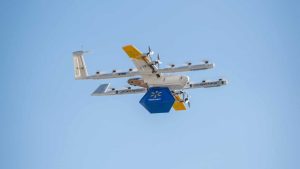
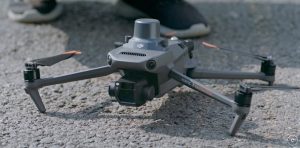



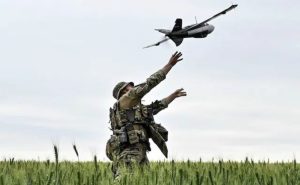


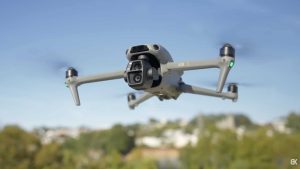
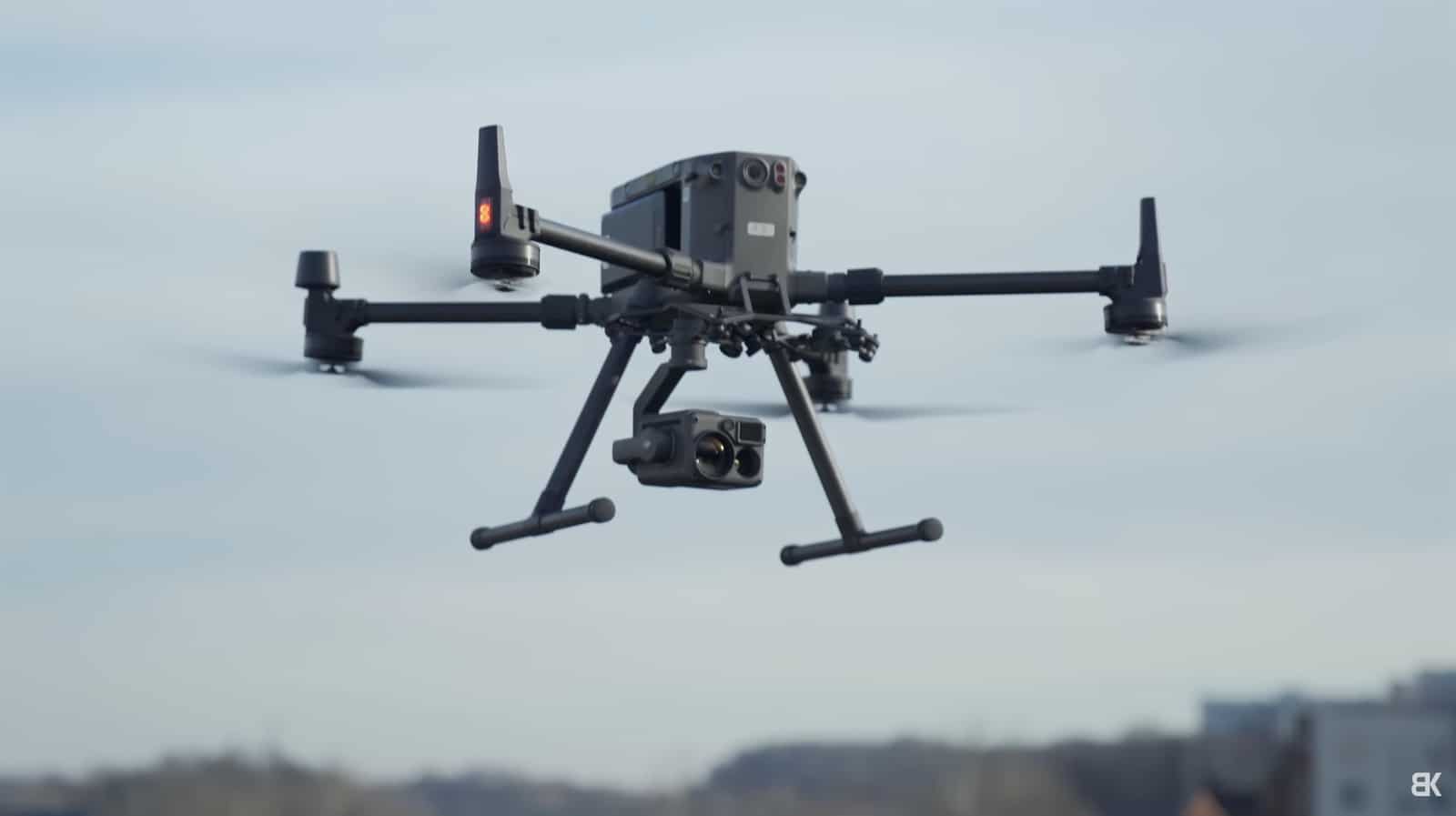
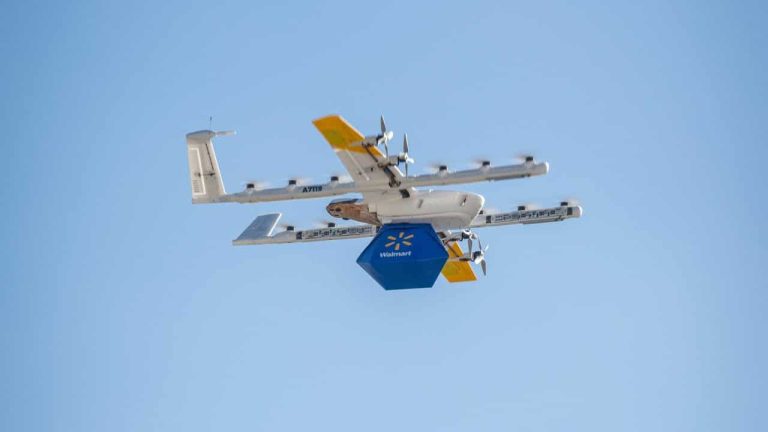
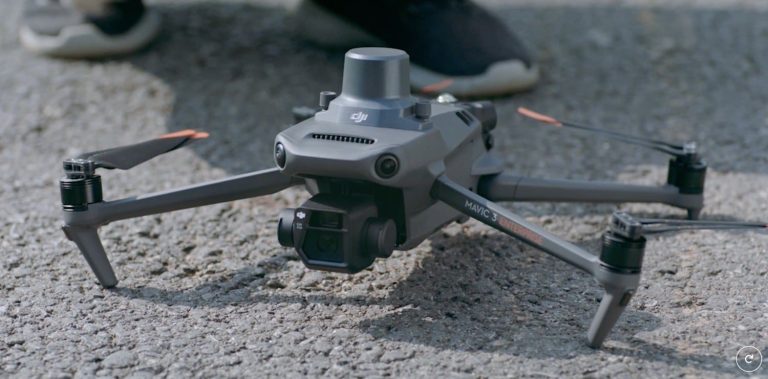

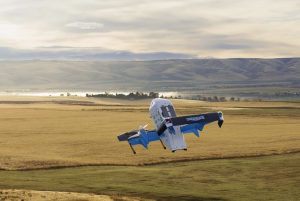
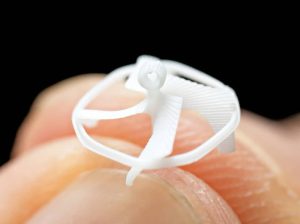
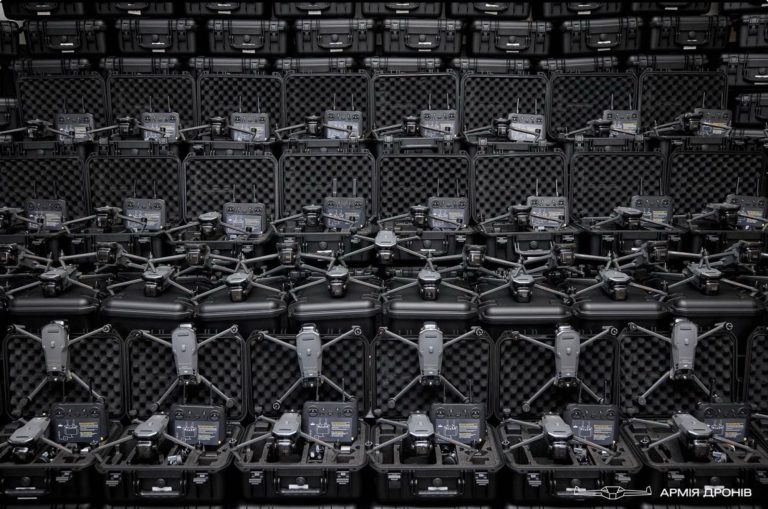
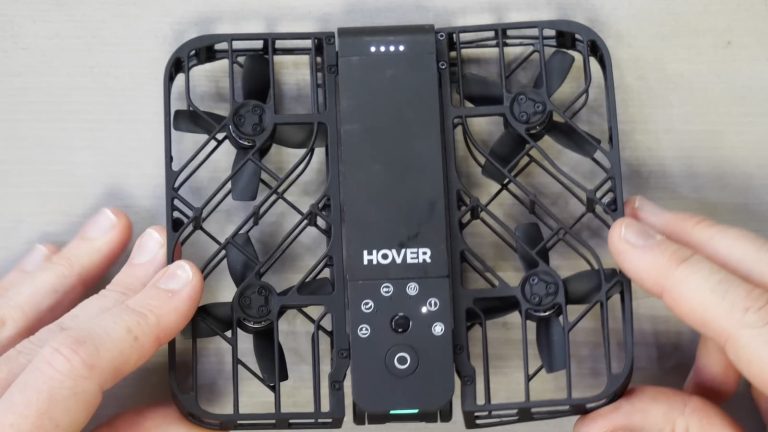
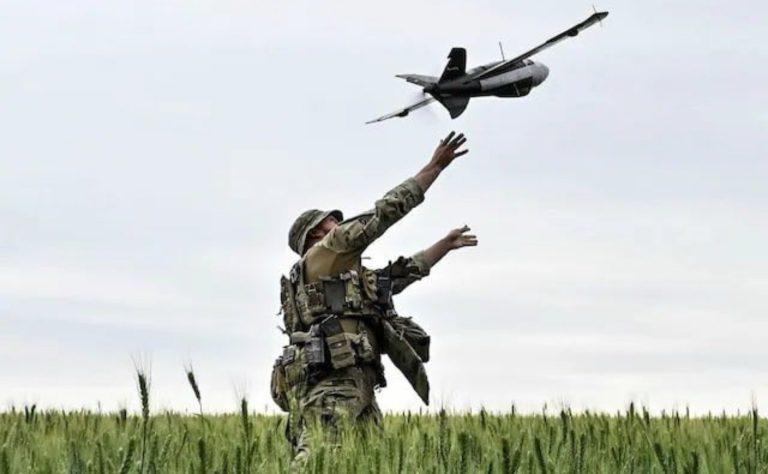


+ There are no comments
Add yours